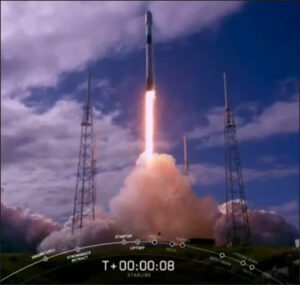
The early Moon likely contained significant volumes of water mixed into its global ocean of molten rock, theorize scientists from VU Amsterdam.
According to the conventional view, the Moon was formed by a collision of a small planetary-sized body with the young Earth that created a swirling mass of debris from which the Earth and the Moon condensed. In a process parallel to Earth’s, the Moon started as a mass of molten rock that slowly cooled over the ages. As it cooled, different minerals solidified at different temperatures and depths.
The Dutch scientists began asking how various mineral mixes behaved under extreme temperatures and pressures. Their models indicate that the Moon must have started with water mixed with the magma. Explains Ars Technica:
“How do you model an entire ocean of molten rock? You start with the known composition of the Moon and use that to create a mix of the appropriate minerals. Then you expose those minerals to extreme pressures and temperatures well beyond the melting point of rock. For these experiments, the temperatures ranged up to 1,550 degrees Celsius. Since the magma ocean was potentially hundreds of kilometers deep (current estimates range from 400 to 1,000 kilometers), pressures ranged up to 3 GigaPascals, which is nearly 30,000 atmospheres.” more “Early Moon Had More Water than We Thought”


 After the solar system formed 4.6 billion year ago, an object slammed into the Moon and formed a 620-mile-wide indentation now known as the Crisium basin. Scientists examining the region say they’ve spotted a crater within the basin that appears to contain pristine impact melt of volcanic rock, reports
After the solar system formed 4.6 billion year ago, an object slammed into the Moon and formed a 620-mile-wide indentation now known as the Crisium basin. Scientists examining the region say they’ve spotted a crater within the basin that appears to contain pristine impact melt of volcanic rock, reports 




